Ernest M. Henley, Alejandro Garcia9812700560, 9789812700568
Table of contents :
Dedication……Page 16
Acknowledgments……Page 8
Preface to the First Edition……Page 10
Preface to the Third Edition……Page 12
General Bibliography……Page 14
1.1 Orders of Magnitude……Page 22
1.2 Units……Page 24
1.3 Special Relativity, Feynman Diagrams……Page 25
1.4 References……Page 29
I Tools……Page 32
2.1 Why Accelerators?……Page 34
2.2 Cross Sections and Luminosity…….Page 37
2.3 Electrostatic Generators (Van de Graaff)……Page 39
2.4 Linear Accelerators (Linacs)……Page 41
2.5 Beam Optics……Page 43
2.6 Synchrotrons……Page 45
2.7 Laboratory and Center-of-Momentum Frames……Page 50
2.9 Superconducting Linacs……Page 52
2.10 Beam Storage and Cooling……Page 53
2.11 References……Page 55
Problems……Page 56
3.1 Concepts……Page 60
3.2 Heavy Charged Particles……Page 62
3.3 Photons……Page 66
3.4 Electrons……Page 67
3.5 Nuclear Interactions……Page 70
Problems……Page 71
4.1 Scintillation Counters……Page 74
4.2 Statistical Aspects……Page 77
4.3 Semiconductor Detectors……Page 80
4.4 Bubble Chambers……Page 83
4.5 Spark Chambers……Page 85
4.6 Wire Chambers……Page 86
4.7 Drift Chambers……Page 87
4.8 Time Projection Chambers……Page 88
4.9 ˘Cerenkov Counters……Page 89
4.10 Calorimeters……Page 90
4.11 Counter Electronics……Page 91
4.12 Electronics: Logic……Page 93
4.13 References……Page 94
Problems……Page 95
II Particles and Nuclei……Page 98
5.1 Mass and Spin. Fermions and Bosons……Page 100
5.2 Electric Charge and Magnetic Dipole Moment……Page 105
5.3 Mass Measurements……Page 108
5.4 A First Glance at the Subatomic Zoo……Page 113
5.5 Gauge Bosons……Page 115
5.6 Leptons……Page 118
5.7 Decays……Page 119
5.8 Mesons……Page 124
5.9 Baryon Ground States……Page 126
5.10 Particles and Antiparticles……Page 129
5.11 Quarks, Gluons, and Intermediate Bosons……Page 133
5.12 Excited States and Resonances……Page 139
5.13 Excited States of Baryons……Page 143
5.14 References……Page 149
Problems……Page 150
6.1 The Approach: Elastic Scattering……Page 156
6.2 Rutherford and Mott Scattering……Page 157
6.3 Form Factors……Page 161
6.4 The Charge Distribution of Spherical Nuclei……Page 164
6.5 Leptons Are Point Particles……Page 168
6.6 Nucleon Elastic Form Factors……Page 174
6.7 The Charge Radii of the Pion and Kaon……Page 181
6.8 Inelastic Electron and Muon Scattering……Page 182
6.9 Deep Inelastic Electron Scattering……Page 185
6.10 Quark–Parton Model for Deep Inelastic Scattering……Page 187
6.11 More Details on Scattering and Structure……Page 193
6.12 References……Page 210
Problems……Page 211
III Symmetries and Conservation Laws……Page 216
7.1 Conserved Quantities and Symmetries……Page 218
7.2 The Electric Charge……Page 224
7.3 The Baryon Number……Page 227
7.4 Lepton and Lepton Flavor Number……Page 229
7.5 Strangeness Flavor……Page 232
7.6 Additive Quantum Numbers of Quarks……Page 235
7.7 References……Page 237
Problems……Page 238
8.1 Invariance Under Spatial Rotation……Page 242
8.2 Symmetry Breaking by a Magnetic Field……Page 244
8.3 Charge Independence of Hadronic Forces……Page 245
8.4 The Nucleon Isospin……Page 246
8.5 Isospin Invariance……Page 247
8.6 Isospin of Particles……Page 249
8.7 Isospin in Nuclei……Page 253
8.8 References……Page 256
Problems……Page 257
9.1 The Parity Operation……Page 260
9.2 The Intrinsic Parities of Subatomic Particles……Page 264
9.3 Conservation and Breakdown of Parity……Page 268
9.4 Charge Conjugation……Page 273
9.5 Time Reversal……Page 277
9.6 The Two-State Problem……Page 281
9.7 The Neutral Kaons……Page 284
9.8 The Fall of CP Invariance……Page 289
9.9 References……Page 292
Problems……Page 293
IV Interactions……Page 300
10.1 The Golden Rule……Page 302
10.2 Phase Space……Page 307
10.3 The Classical Electromagnetic Interaction……Page 310
10.4 Photon Emission……Page 313
10.5 Multipole Radiation……Page 320
10.6 Electromagnetic Scattering of Leptons……Page 324
10.7 Vector Mesons as Mediators of the Photon–Hadron Interaction……Page 328
10.8 Colliding Beams……Page 332
10.9 Electron–Positron Collisions and Quarks……Page 335
10.10 The Photon–Hadron Interaction: Real and Spacelike Photons……Page 338
10.11 Magnetic Monopoles……Page 344
10.12 References……Page 345
Problems……Page 346
11.1 The Continuous Beta Spectrum……Page 352
11.2 Beta Decay Lifetimes……Page 356
11.3 The Current–Current Interaction of the Standard Model……Page 358
11.4 A Variety of Weak Processes……Page 363
11.5 The Muon Decay……Page 367
11.6 The Weak Current of Leptons……Page 369
11.7 Chirality versus Helicity……Page 374
11.8 The Weak Coupling Constant GF……Page 375
11.9 Weak Decays of Quarks and the CKM Matrix……Page 376
11.10 Weak Currents in Nuclear Physics……Page 377
11.11 Inverse Beta Decay: Reines and Cowan’s Detection of Neutrinos……Page 382
11.12 Massive Neutrinos……Page 384
11.13 Majorana versus Dirac Neutrinos……Page 386
11.14 The Weak Current of Hadrons at High Energies……Page 387
11.15 References……Page 396
Problems……Page 397
12.1 Introduction……Page 404
12.2 Potentials in Quantum Mechanics—The Aharonov–Bohm Effect……Page 407
12.3 Gauge Invariance for Non-Abelian Fields……Page 409
12.4 The Higgs Mechanism; Spontaneous Symmetry Breaking……Page 414
Problems……Page 422
13.1 Introduction……Page 424
13.2 The Gauge Bosons and Weak Isospin……Page 425
13.3 The Electroweak Interaction……Page 429
13.4 Tests of the Standard Model……Page 435
13.5 References……Page 439
Problems……Page 440
14 Strong Interactions……Page 442
14.1 Range and Strength of the Low-Energy Strong Interactions……Page 443
14.2 The Pion–Nucleon Interaction—Survey……Page 446
14.3 The Form of the Pion–Nucleon Interaction……Page 451
14.4 The Yukawa Theory of Nuclear Forces……Page 453
14.5 Low-Energy Nucleon–Nucleon Force……Page 455
14.6 Meson Theory of the Nucleon–Nucleon Force……Page 463
14.7 Strong Processes at High Energies……Page 466
14.8 The Standard Model, Quantum Chromodynamics……Page 472
14.9 QCD at Low Energies……Page 477
14.10 Grand Unified Theories, Supersymmetry, String Theories……Page 479
14.11 References……Page 481
Problems……Page 483
V Models……Page 490
15.1 Introduction……Page 492
15.2 Quarks as Building Blocks of Hadrons……Page 493
15.3 Hunting the Quark……Page 495
15.4 Mesons as Bound Quark States……Page 496
15.5 Baryons as Bound Quark States……Page 499
15.6 The Hadron Masses……Page 501
15.7 QCD and Quark Models of the Hadrons……Page 504
15.8 Heavy Mesons: Charmonium, Upsilon,……Page 512
15.9 Outlook and Problems……Page 514
15.10 References……Page 515
Problems……Page 517
16.1 The Liquid Drop Model……Page 522
16.2 The Fermi Gas Model……Page 527
16.3 Heavy Ion Reactions……Page 529
16.4 Relativistic Heavy Ion Collisions……Page 532
Problems……Page 536
17 The Shell Model……Page 542
17.1 The Magic Numbers……Page 543
17.2 The Closed Shells……Page 545
17.3 The Spin–Orbit Interaction……Page 550
17.4 The Single-Particle Shell Model……Page 552
17.5 Generalization of the Single-Particle Model……Page 554
17.6 Isobaric Analog Resonances……Page 556
17.7 Nuclei Far From the Valley of Stability……Page 558
17.8 References……Page 559
Problems……Page 560
18 Collective Model……Page 564
18.1 Nuclear Deformations……Page 565
18.2 Rotational Spectra of Spinless Nuclei……Page 568
18.3 Rotational Families……Page 572
18.4 One-Particle Motion in Deformed Nuclei (Nilsson Model)……Page 575
18.5 Vibrational States in Spherical Nuclei……Page 579
18.6 The Interacting Boson Model……Page 583
18.7 Highly Excited States; Giant Resonances……Page 585
18.8 Nuclear Models—Concluding Remarks……Page 588
18.9 References……Page 591
Problems……Page 592
19.1 The Beginning of the Universe……Page 600
19.2 Primordial Nucleosynthesis……Page 606
19.3 Stellar Energy and Nucleosynthesis……Page 607
19.4 Stellar Collapse and Neutron Stars……Page 613
19.5 Cosmic Rays……Page 617
19.6 Neutrino Astronomy and Cosmology……Page 622
19.7 Leptogenesis as Basis for Baryon Excess……Page 623
19.8 References……Page 624
Problems……Page 627
Index……Page 630
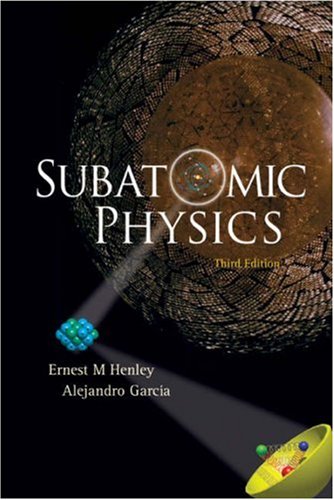
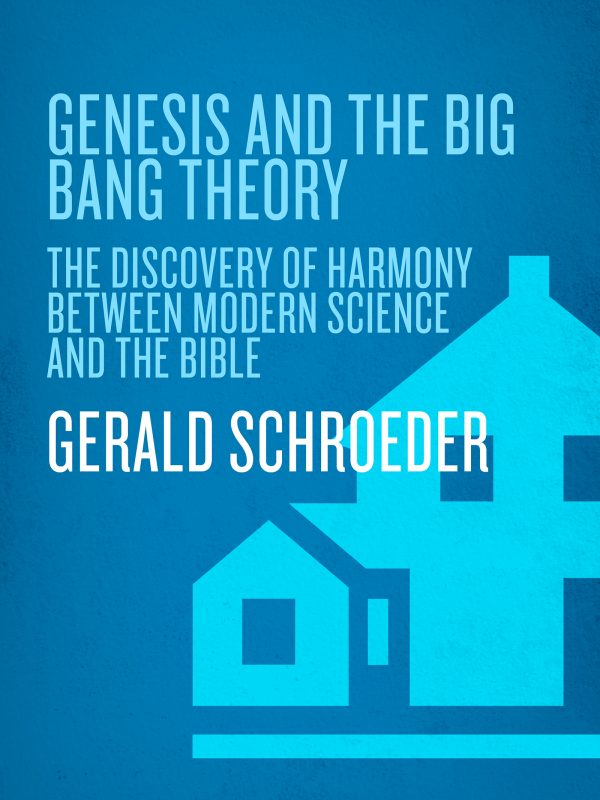
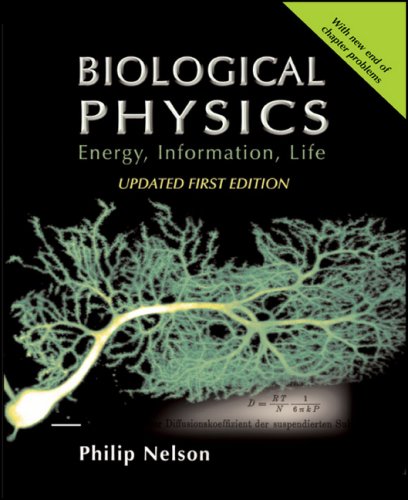
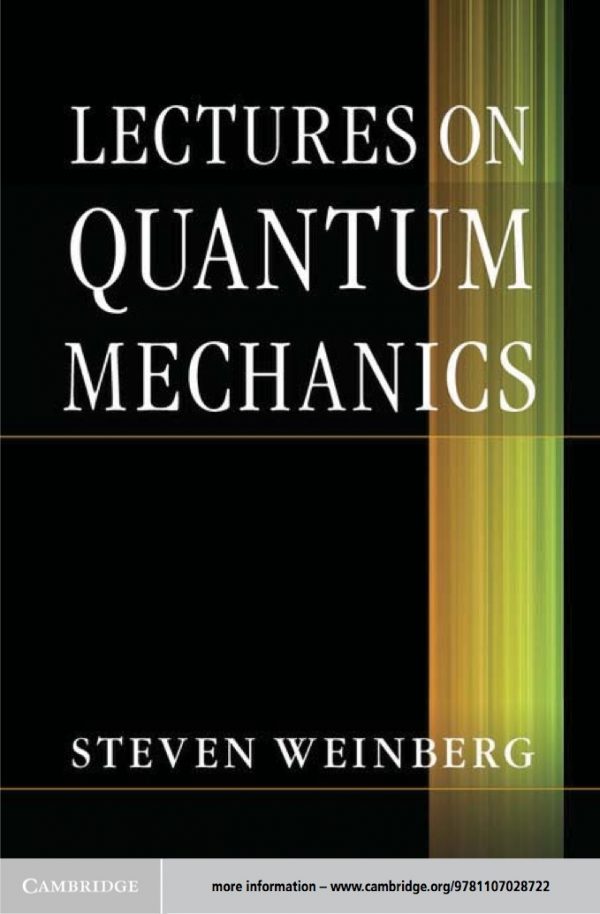
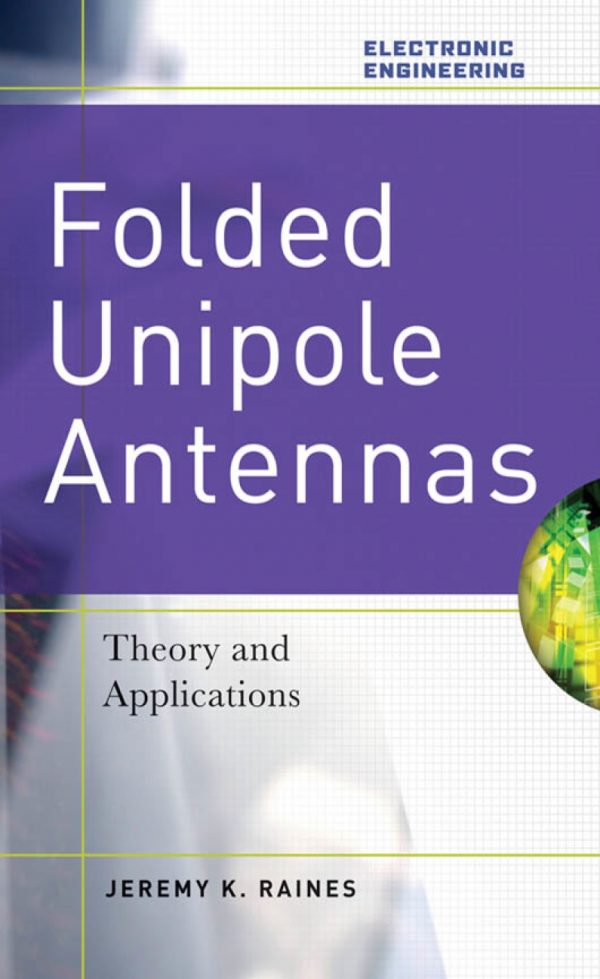
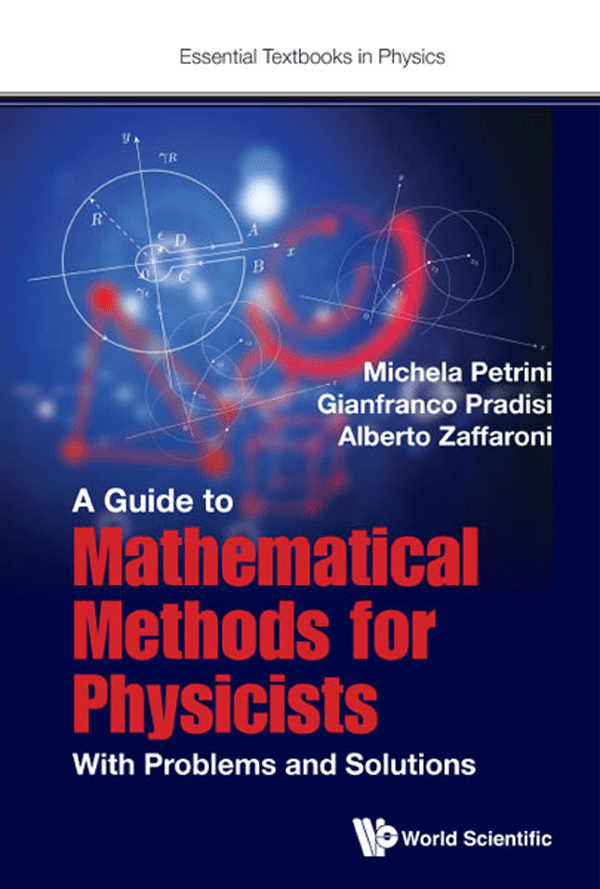
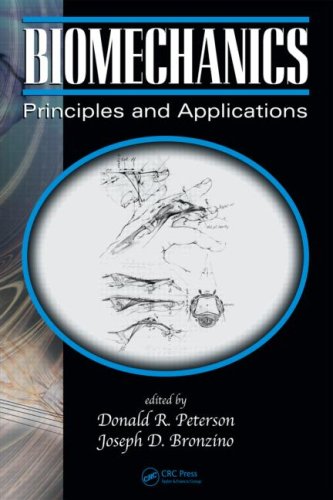
Reviews
There are no reviews yet.